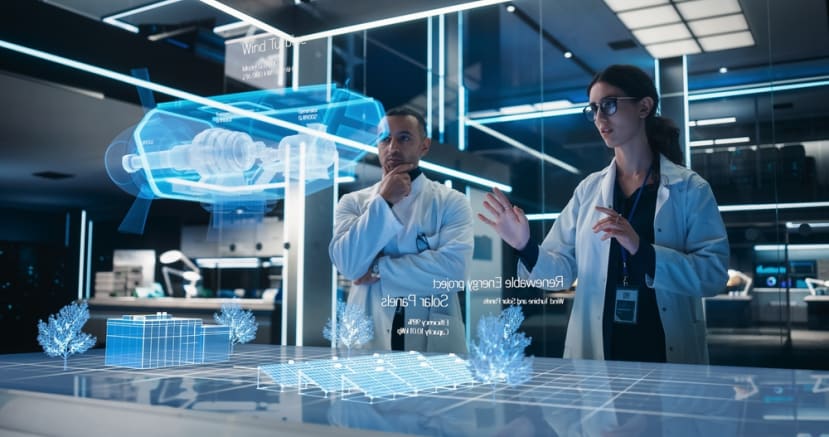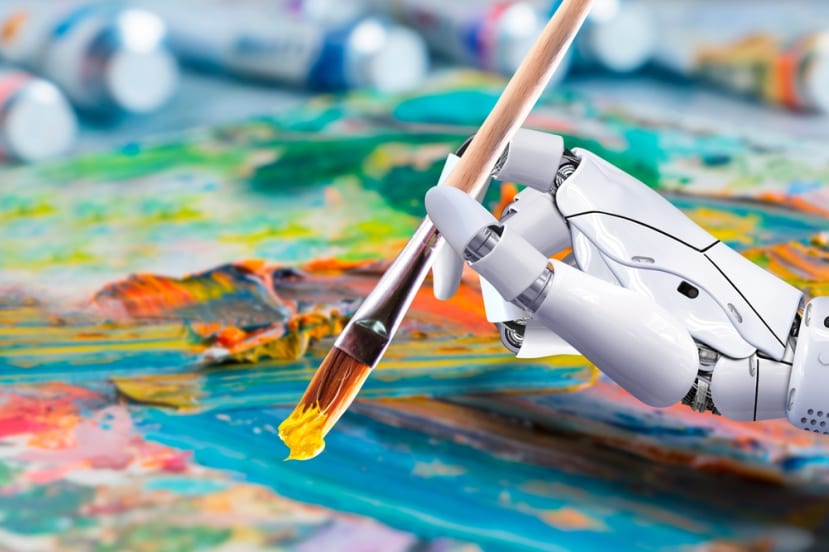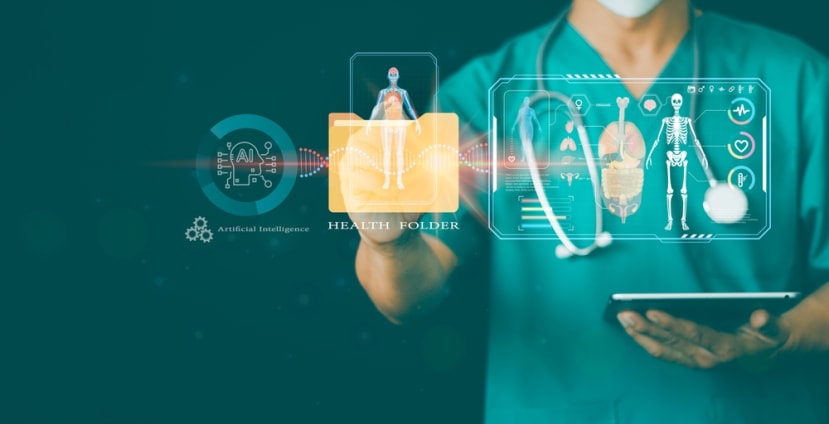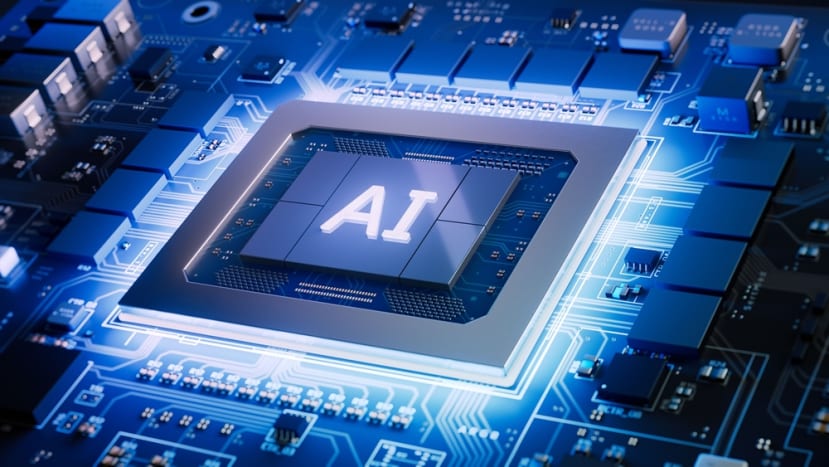Generative AI: Applications and Use Cases – Now and in the Future
Follow articleHow do you feel about this article? Help us to provide better content for you.
Thank you! Your feedback has been received.
There was a problem submitting your feedback, please try again later.
What do you think of this article?
Engineers, designers and content creators are experimenting with new generative AI tools to boost innovation and increase efficiencies in various imaginative ways.
While generative AI has been around in academic circles for many years, it has only more recently emerged as a meaningful technology for the broader public – particularly since the launch of ChatGPT.
ChatGPT achieved a remarkable thing. It translated an arcane concept into a very tangible technology that anyone with a rudimentary grasp of IT could understand. People were suddenly wowed by its potential and could imagine the impact – positive and negative – that it could have on their lives. ChatGPT opened up generative AI to the world at large, and in no time at all, it was the hottest topic in town.
This story is writ large by the prediction of growth for the market of generative AI. Worth $22 billion in 2022, it is expected to climb rapidly over the next few years to stand at an incredible $668 billion by 2030. This stellar success is creating some stars in its wake. NVIDIA, the company that makes chips that power the training and use of AI, has seen its revenues surge and its value explode, and its portfolio of products, including the Jetson embedded AI platform, makes it well-positioned to be a long-term winner in the AI space.
So, what now? As ChatGPT has come to the fore, encouraging interactive conversations, other models developed by rival organisations have been created. These models are becoming increasingly sophisticated, using generative AI techniques to understand inputs, maintain context and generate reasoned, logical and topical responses. As the technology is refined, interactive capabilities will likely become more personalised, relevant and engaging across different applications, from virtual assistants to text-to-image and sound generation.
These developments will open up new possibilities across a broad range of industries. At present, generative AI has arguably had the most significant impact on marketing and content generation. But it could also make its mark in other areas such as engineering, construction, healthcare, fashion, biomedicine, and many more. So, let's look into the (not-so-distant) future at how and where people might interact with generative AI as it continues on its remarkable journey of disrupting, augmenting and adding value to how we work and live our lives.
Generative design for engineering
Large language models can already be used to solve problems and research new product design – with the caveat that a qualified engineer must validate the outcomes. It provides a fast and effective method of answering a wide range of questions and finding specific information – from design, material selection, and manufacturing process. For example, if an engineer were designing a cooling system with a large amount of heat dissipation, Generative AI could identify the most appropriate coolant for the system, considering various parameters such as thermal conductivity, viscosity and compatibility with materials. It could quickly provide information on the properties of different coolants and the pros and cons of each type, helping the engineer make an informed decision.
But generative AI can also underpin the design process. Leading CAD suppliers, including Autodesk, PTC, and SolidWorks, have already incorporated generative capability – where designers outline their design objectives and parameters, and the AI-powered software then comes back with multiple permutations of a solution, testing and learning from each iteration. The designer can then choose from the best solution. With generative design, the computer acts as a genuine partner in the design process – leaving the operator to concentrate on mastering the problem rather than the CAD tool. The benefits are clear: design iterations can be tested quickly and efficiently, with solutions that might have been considered before, reducing timelines for research and developing new products.
Arts and Entertainment
Generative AI is also being used as a form of collaboration between humans and machines in the arts and entertainment – but there are ethical concerns and considerations. There are already myriad AI-powered tools that can create text-to-image art. Creating a written prompt can deliver realistic pictures and drawings in seconds, even in particular artistic styles.
Such tools are already finding a central role in areas such as marketing for the creation of pitching storyboards and for filmmakers to produce creative visions in pre-production – saving time and money in what previously would have been highly labour-intensive activities. In entertainment, meanwhile, generative AI is already deployed to create and finesse storylines and character arcs and predict how viewers might receive different storylines.
But whereas generative design for engineers is about humans and machines working in tandem, generative AI in arts and entertainment creates huge concerns about intellectual property ownership and copyright and fears that it could replace a broad range of creative roles such as writers, artists and photographers. In these applications, ethics and guardrails are struggling to keep pace with rapidly evolving technology – leading to controversy and friction at every turn.
Healthcare and medicine
There is elevated hope and expectation that generative AI can significantly impact patient outcomes in healthcare and medicine. The excitement is centred around drug discovery and disease prediction and in support of frontline clinicians to streamline workflows and improve results.
Generative AI models have already shown potential in areas such as target identification, molecular simulations and prediction of drug properties. Meanwhile, in de novo drug design, where completely new molecules are created from scratch to target specific diseases, AI models can be trained on enormous datasets of existing drugs and their properties, allowing them to suggest molecular structures likely to show desirable properties. Generative algorithms can also be applied in clinical trials by analysing vast amounts of historical records from previous studies to define the best design.
At the frontline, generative AI is also extremely valuable in reducing the administrative burden for doctors, nurses and other clinicians. Research from Stanford Medicine in the US shows that up to two-thirds of a medical professional's life can be spent managing and updating electronic medical records, reducing the capacity for face-to-face patient interaction. Generative AI can benefit in several related areas – with voice recognition and natural language processing used to automatically create doctor visit notes from conversations, eliminating the need for dictation or typing. Meanwhile, it can also be used to write letters and other communications from plain text commands and to summarise and search health insurance plan documents to find specific clauses and details. In short, generative AI can function as a medical assistant, reducing workload and alleviating the risk of stress and burnout.
Embedded systems for generative AI
Increasingly, then, generative AI is finding applications across a broad spectrum of sectors. To support this proliferation, vendors like NVIDIA are launching new systems and components that encourage engineers to experiment with running generative models on its devices. For instance, in partnership with global technology companies such as OKdo, the NVIDIA® Jetson Orin™ Nano Developer Kit (253-9662) and the Jetson AGX Orin™ 64GB Developer Kit (264-7384) represent a range of modules that deliver advanced computing capabilities at a variety of different performance levels and price points to match a multitude of applications. These next-generation products support innovation and collaborative learning, meaning that generative AI will continue to evolve as engineers use their ingenuity to create the technologies of tomorrow.






